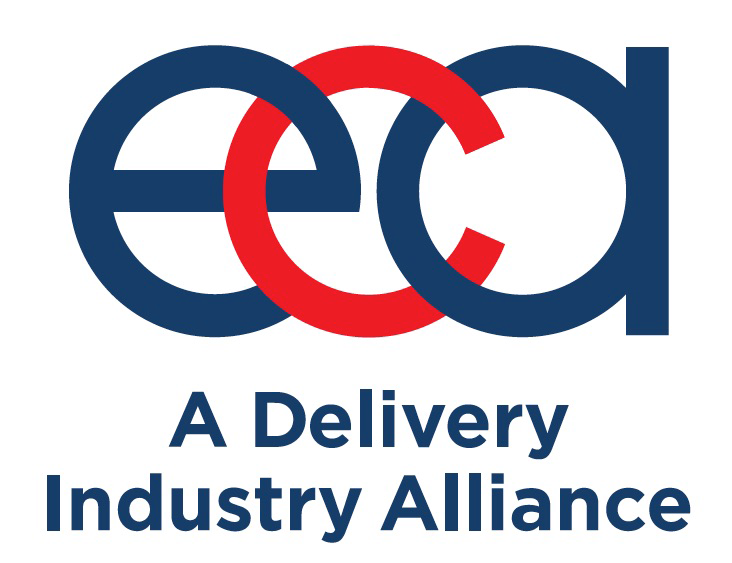Have you ever wondered why different brands doing the same thing are sometimes owned by the same parent company? Tamica Sears asked us, so here’s the answer. It’s all about a portfolio strategy that allows them to serve the whole market better with multiple brands.
Portfolio Strategy: Paypal and Venmo
Check out this #tellthetruths video for more details, then tell us what you think!
This video originally appeared in LinkedIn
If you enjoyed this video, check out:
Battle of the Brands: Moderna vs. Pfizer
Battle of the Brands: Rhinegeist vs. MadTree
How To Make Your Brand Names More Memorable
TRANSCRIPT:
Hey guys, it’s Rebeca with BrandTrue. And one of the things that’s been so interesting about the time I’ve spent on LinkedIn in the last few years is the LinkedIn friends I’ve made. I have a few people that are friends that I’ve never laid eyes on in real life. One of them is Janice Cave. And the second one is Tamica Sears. And by the way, go buy her book, “How to Not Be an Asshole Boss.” I hope I didn’t mangle the name. Amazing!
Anyway, Tamica submitted a question to me. She was like, “Hey, I don’t understand when I see a company like PayPal owning a business like Venmo that’s essentially doing the same thing. Could you comment on that?” And yes, I can, Tamica! So this is something that we see in the sense of a company’s portfolio strategy.
A company, a corporation might own several brands that are unrelated. But sometimes, they own several brands that are related, and there’s really good strategic reasons for it. A great example is Procter & Gamble. They do it all the time. Take a look at the fact that they own the brand Tide for laundry detergent, and they own the brand Gain for laundry detergent. They have different positionings, and the corporation does better, captures more revenue, you could say, serves the market better by having brands with different positionings covering the market.
One brand possibly can’t do everything or capture everyone. And so, in the case of PayPal and Venmo, PayPal is generally, you know, more corporations and larger and sort of a more business focus, and Venmo is a little bit more person-to-person, how you pass money to your kids in college, as well as, you know, reimburse your girlfriends after a night out. And so, they both have some similar things that they do, but they have very different positionings.
And therefore, it’s actually a really great strategy for one corporation to have both. So hopefully that explains it, Tamica. And you didn’t even ask for a plug for your book, but I was happy to do that. Thanks for the suggestion. If anybody else has anything that you’d like to hear about, by all means, reach out. I love, love answering questions. Thanks. Bye!








